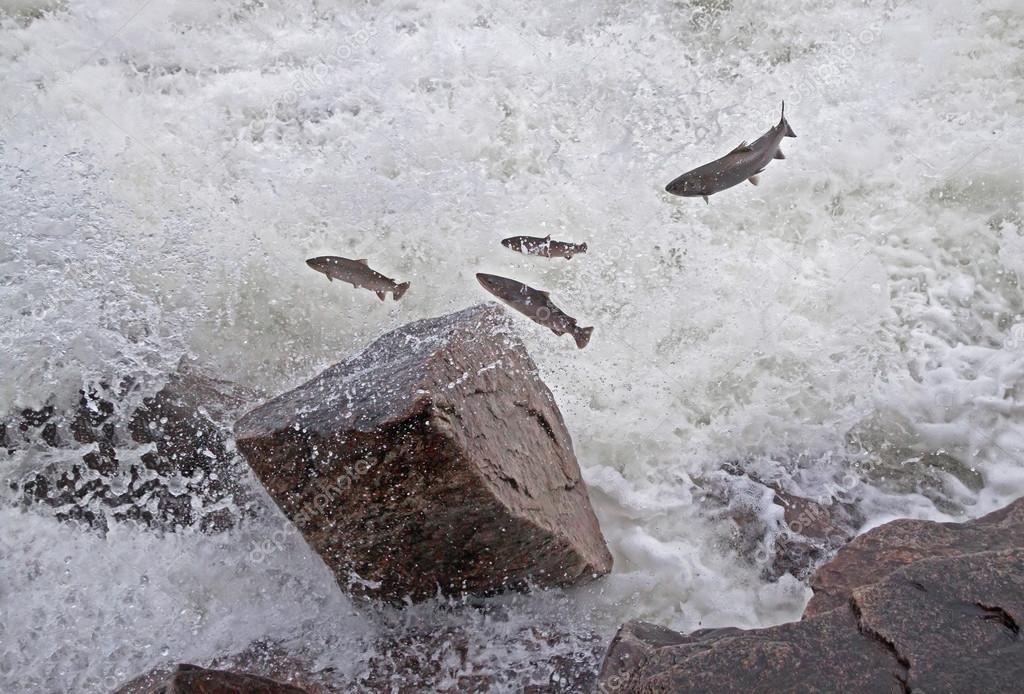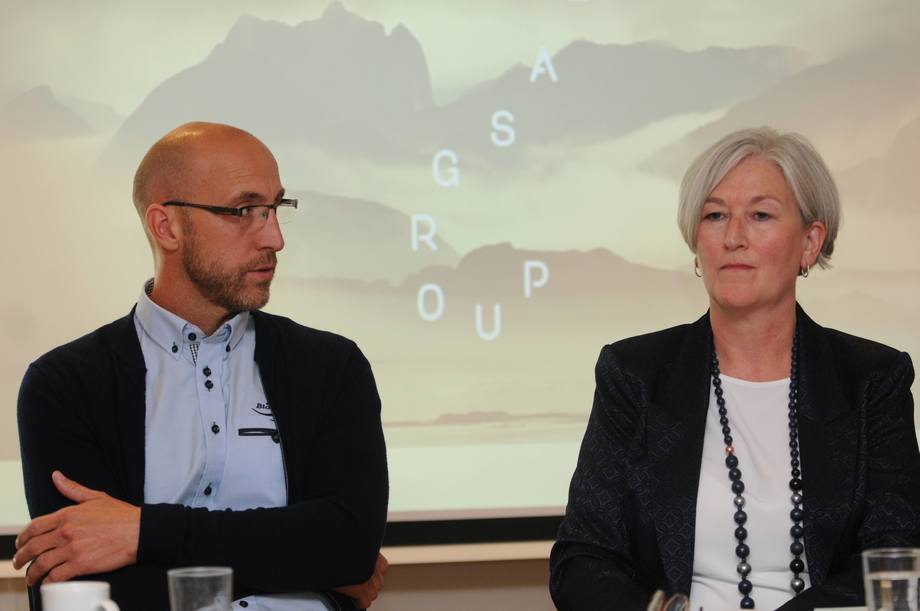RIO DE JANEIRO, BRAZIL – Norwegian Salmon Group will phase out the use of Brazilian-grown soy in its feeds, the group said in a press release.
This Group’s 44 members comprise small and medium-sized farmers, but together they purchase around 12 percent of all fish feed that is sold to salmon and trout farmers in Norway, which translates as 190,00 tons per year.

Three weeks ago, Salmon Group signed a deal with fish feed manufacturer, BioMar, for a bespoke feed formulation. Salmon Group said that along with that measure, the decision to remove Brazilian soy means the carbon footprint of the feed is reduced by 20 to 50 percent compared with the standard feed used by the industry.
“Salmon Group’s shareholders take sustainability seriously and have for a long time worked purposefully and concretely with issues related to this,” said Salmon Group chief executive Anne-Kristine Øen in a press release.
He said the Salmon Group has for a long time had a limited amount of soy in its feed. It had had a higher proportion of marine content in its feed formulations and in addition included alternative and more sustainable protein sources.
“Food production is met with increasingly strict demands, and Salmon Group strives to be ahead of government demands. We are doing this because it is the right thing to do for the environment, and because we experience increased awareness from the consumer. If you have the knowledge that something can be improved, you should go ahead and do it,” Anne-Kristine Oen, the group’s CEO said in a release.
“In general, the industry is now looking for alternative sources of protein, such as insect flour and bioprotein. This is very positive. In fact, the measures we are now taking have twice as much effect as when we are in line with all other measures. Therefore, there was never any doubt that we would put our resources here,” said Hitland.

Håvard Jørgensen, BioMar’s Norway region managing director, believes that the Salmon Group will not be alone in focusing on a lower footprint from fish feed.
“This is something that is coming more and more. One of the big effects of this is that new products, new methods and new technology will come, which in turn will help to make the footprint even smaller in the future,” he said.
BioMar has initiated a project internally where the company maps all the 300-400 raw materials that can be included in feed production. For each of these raw materials, an eco profile has been prepared that can state with great precision what the status is with regard to its carbon footprint.
It emphasises that genetically modified ingredients are not used in the feed.

